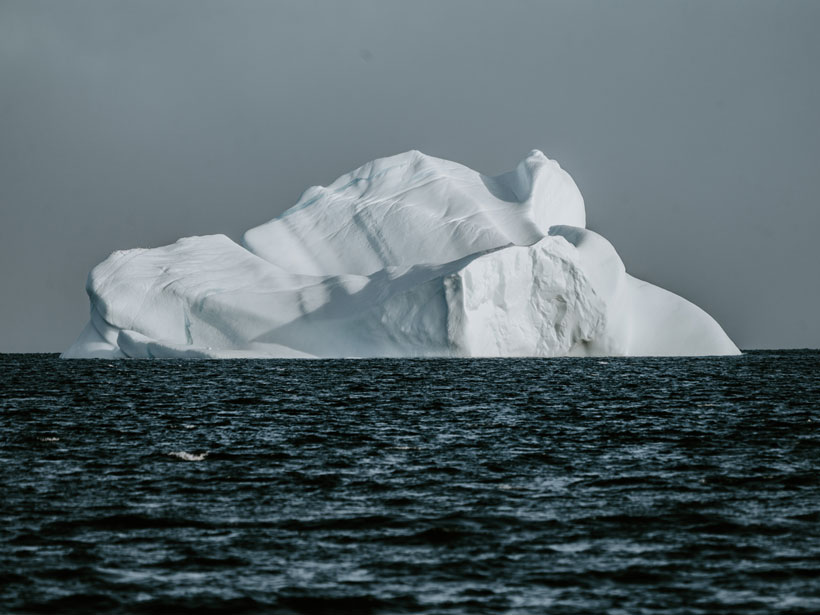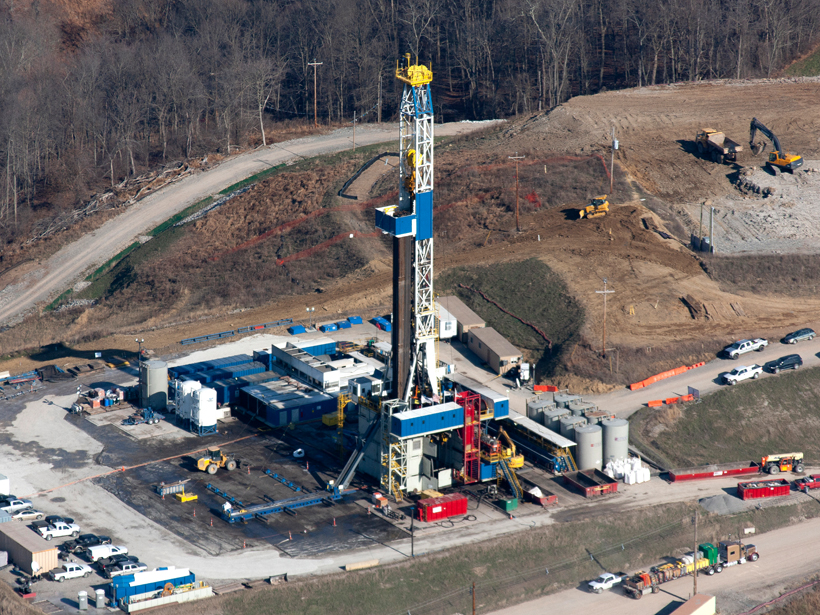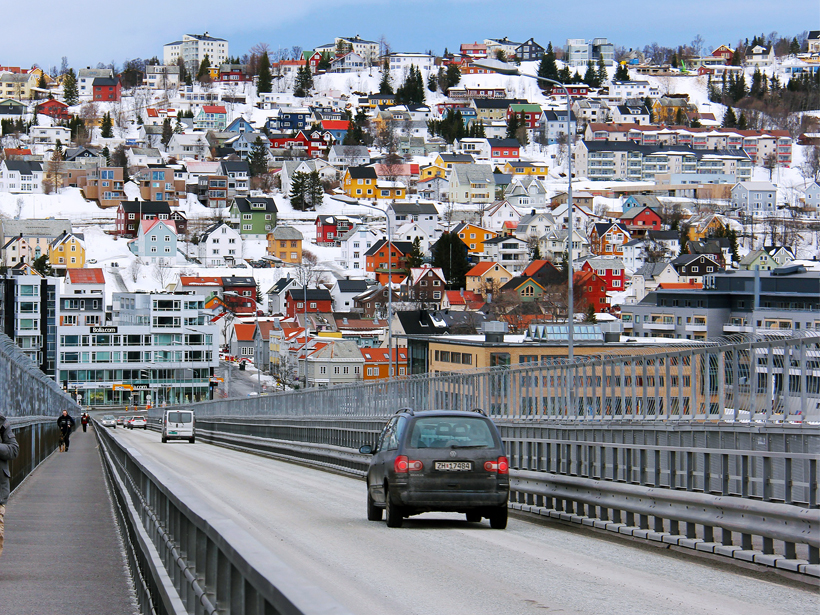Melting ice means that strong Arctic winds create more energetic currents in the Beaufort Gyre.
CC BY-NC-ND 2020
Hot White Dwarfs May Reveal Cold Gas Giants
The gaseous atmospheres of giant planets may evaporate and accrete onto the dense surfaces of white dwarfs, providing astronomers a new way to detect hidden exoplanets.
Ryugu: A Not So Magnetic Asteroid
When the lander MASCOT, carried by Hayabusa2, touched down on asteroid Ryugu, it did not detect a magnetic field, even though meteorites that are spectroscopically similar to Ryugu have trace of one.
New England Forests Were Historically Shaped by Climate, Not People
A first-of-its-kind study combining paleoecology and archeology indicates that the New England landscape was not actively managed with fire prior to European arrival.
How Death and Disaster Followed the Shale Gas Boom in Appalachia
In the past decade, fracking has contributed to the deaths of more than a thousand people and the emission of more than a thousand tons of carbon dioxide in the Appalachian Basin.
Space Traffic Management: Better Space Weather Forecasts Needed
Better forecasts of space-weather driven changes in thermospheric density are urgently needed to ensure safe management of the rapidly growing volume of space traffic in low Earth orbit.
An Exoplanet with Evolving Clouds of Salts
Clouds form and dissipate on a gas giant orbiting a Sun-like star.
Climbing the Occasionally Cataclysmic Cascades
Living in Geologic Time: Every one of the Pacific Northwest’s volatile volcanoes is likely to erupt again before the range goes extinct.
Cleaner Air Takes Some of the Bite out of European Winters
Scientists find that reduced aerosol emissions correspond to fewer extremely cold days.
Sediments May Support the Mediterranean Megaflood Hypothesis
Millions of years ago, the Mediterranean Sea may have evaporated. A newly identified body of sediments could have been deposited by the giant flood that refilled the basin.










